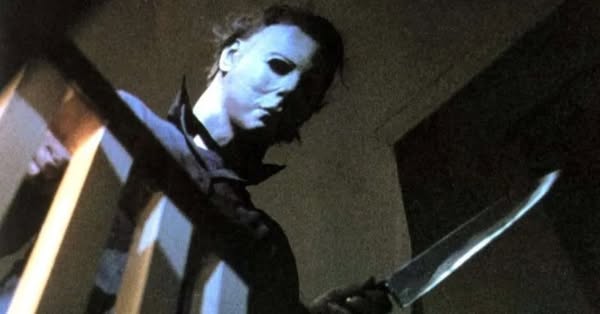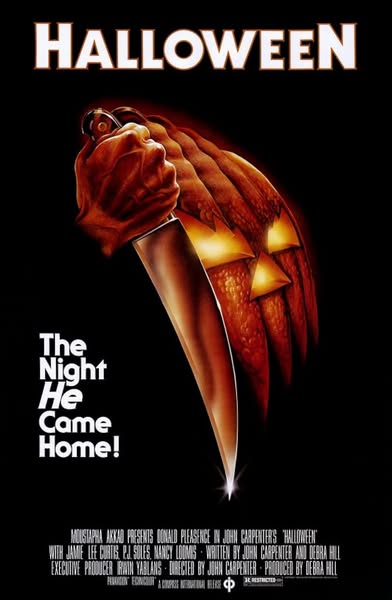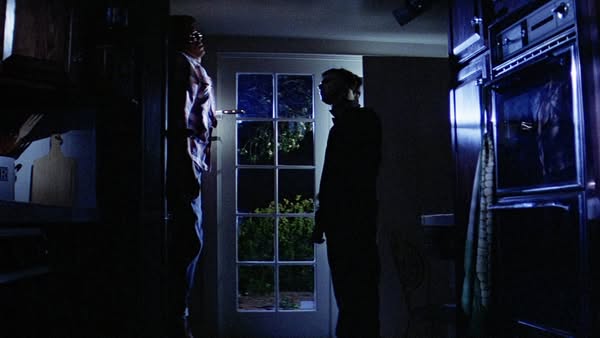Halloween (1978)

Halloween (1978), directed by John Carpenter, is a seminal slasher film that has become a cornerstone of the horror genre. Renowned for its chilling atmosphere and innovative techniques, it effectively set the standard for countless films that followed. The film introduces audiences to Michael Myers, a masked killer who escapes from a mental institution and returns to his hometown of Haddonfield, Illinois, to stalk and murder a group of teenagers.
The narrative centers around Laurie Strode, portrayed by Jamie Lee Curtis in her breakout role. Laurie is a resourceful and resilient character, often seen as the archetypal “final girl” in horror films. As Halloween night unfolds, she and her friends find themselves targeted by the relentless and enigmatic Michael Myers, whose motives remain obscured throughout the film. This sense of mystery adds to the tension, keeping viewers on edge as they witness Laurie’s desperate attempts to survive.

Carpenter’s direction is marked by his masterful use of suspense and tension, employing techniques such as long takes, strategic framing, and a minimalist score that has become iconic in its own right. The eerie musical score, composed by Carpenter himself, features a simple yet haunting piano theme that amplifies the film’s sense of dread. This score has since become synonymous with the horror genre, influencing many subsequent films.4

The film’s cinematography also plays a crucial role in building its terrifying atmosphere. The use of natural lighting and the stark contrast between shadow and light create a sense of realism while heightening the horror. Carpenter’s innovative approach to camera work, particularly the use of the “point of view” shot from Michael’s perspective, immerses viewers in the killer’s mindset, making the experience all the more unsettling.
Halloween explores themes of fear, innocence, and the loss of safety, resonating with audiences on multiple levels. Its portrayal of suburban life as a façade hiding darkness beneath the surface taps into deep-rooted societal anxieties. The film’s impact on popular culture is profound, spawning numerous sequels and remakes, and establishing Michael Myers as an enduring figure in horror lore.

In summary, Halloween is a landmark film that redefined the horror genre through its innovative techniques, compelling characters, and haunting atmosphere. Its successful blend of suspense and psychological terror continues to captivate audiences, solidifying its status as a classic that remains influential decades after its release.











